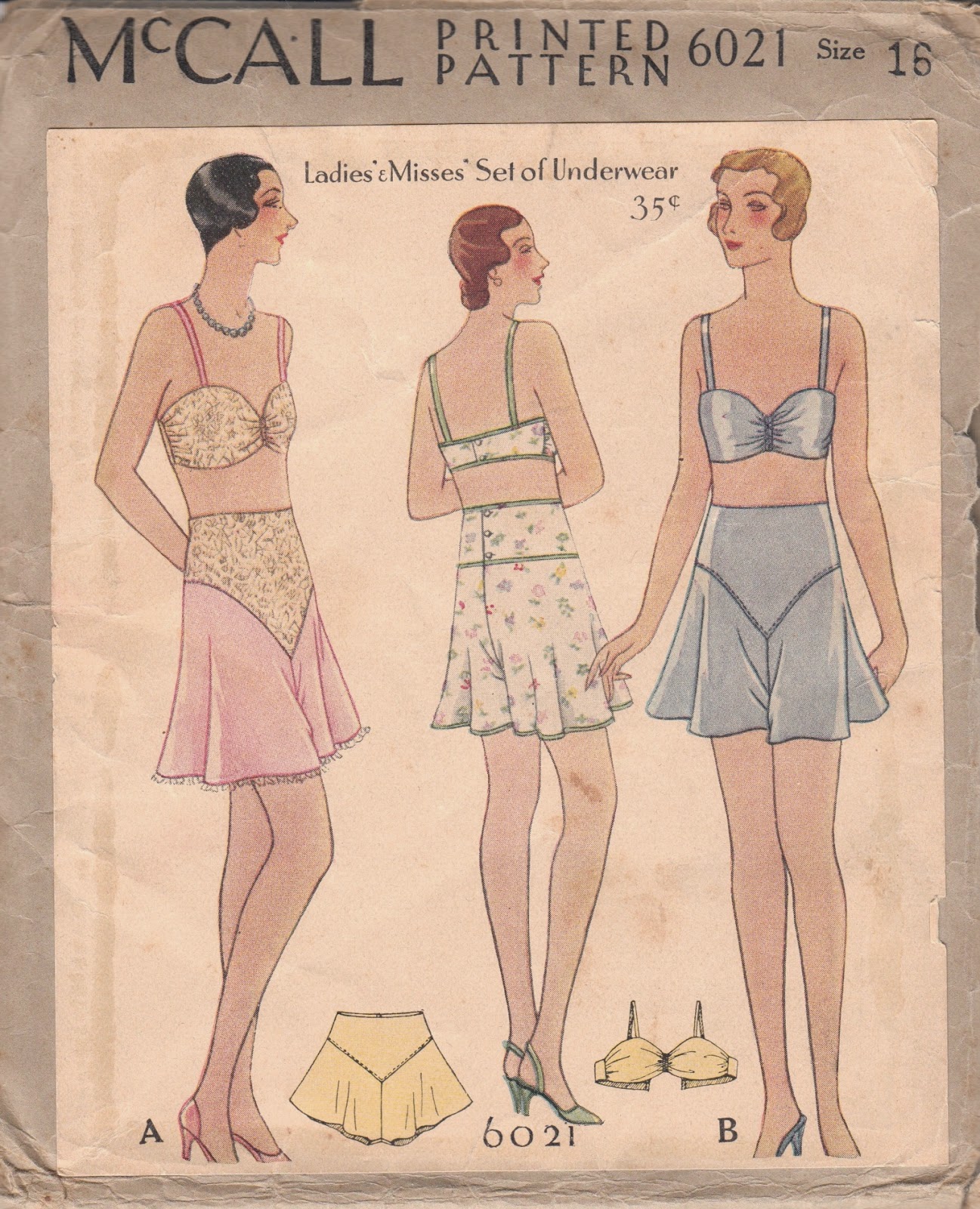The American System of Dressmaking
Recently, I had to do some vigorous research on 1906 women's fashions and construction (very specific, but I'll explain why in a later post (; ) and, much to my pleasure, I discovered the online pdf's of The American System of Dressmaking from The Library of Congress Internet Archive.
| via Google |
I read this 1909 version which seemed the closest in copyright dates to the dates that I was researching. Upon further search, I also found a 1907 issue, much closer to the dates I was researching. Besides construction notes, I stumbled upon some very interesting "Household Recipes" and "Helpful Hints." Among the most bizarre, clever, and surprising are:
"Another way of cleaning lace is to roll it tightly around a glass bottle and fasten it securely. Make a suds of warm water and pearline and allow the lace-covered bottle to soak for several hours. Repeat the process in another suds, patting the lace often with the fingers. Rinse in several waters and and then dry the lace on the bottle with a soft towel."
"To clean grease from wool or silk, apply a fluid made by dissolving two ounces of white soap and one-half ounce of borax in a quart of warm, soft water. Pour a small quantity into a bowl, add the same amount of water, and sponge the goods with it. After it is clean sponge with clean water and hang up to dry."
"Spots of paint, grease, pitch or oil may be removed from linen or silk by rubbing with purified benzine applied with a cloth or sponge. To destroy the odor of benzine add a little oil of lemon."
"SCORCHED LINEN: Peel and slice two onions, extract the juice by pounding and squeezing; add add to the juice half an ounce of fine white soap, two ounces of fullers earth, and half pint of vinegar; boil all together. When cool, spread it over the scorched linen and let it dry on; then wash and boil out the linen, and the spots will disappear."
"TO PREVENT CALICO FROM FADING: To render the colors of cotton fabric permanent, dissolve three gills of salt in four quarts of water; put the calico in while hot and leave it till cold; it will not fade by any subsequent washing."
"To tell the right side of goods in making up dresses of wool serge, it is well to remember that in serge weaves twill always runs to the right on the right side of the goods."
"One may sharpen dull shears by taking a smooth-necked glass bottle and cutting the neck as if cutting cloth."
While doing the spring house cleaning, slip on a pair of bloomers, made from four widths of heavy, dark skirting, making a divided skirt. Gather in a band to button about the ankles and waist. These bloomers are valuable protectors for the skirts and facilitate climbing step ladders, scrubbing floors, etc.
| via Wikipedia |
These last two chapters of the book also include ways to curl and clean feathers, to determine the quality of silk, to clean gloves, to clean furs, to renew the pile in velvets, to wash merinos and cashmeres, to remove rust from linen, to restore the finish to woolen goods, to remove mildew, to dye furs.
At the very end of the book is a helpful glossary of sewing terms that I'm sure will help some of us when we look at fashion plates, advertisements, or patterns with vague, confusing, or outdated terms and descriptions.


